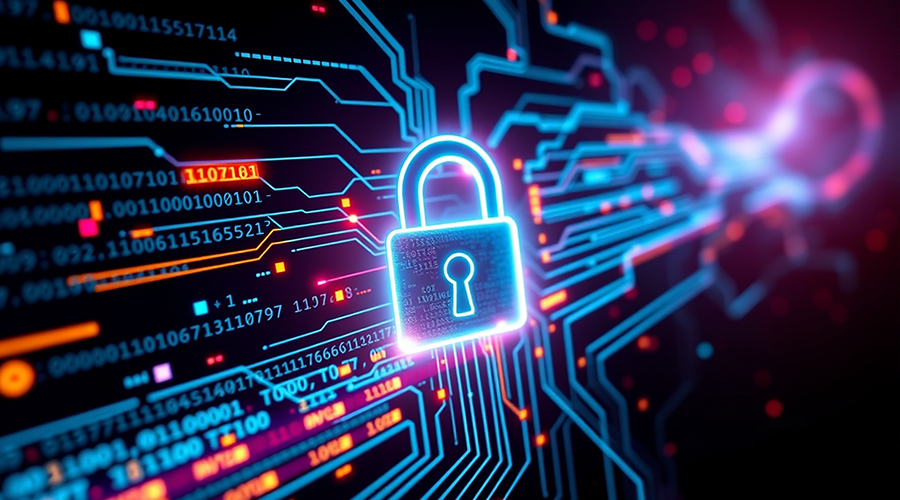Video Analytics Software and Intelligent Light Controls Help Satisfy Sustainability, Security
Security calls for optimal outdoor lighting to deter crime and enable camera surveillance, while sustainability calls for minimal outdoor lighting to reduce light pollution and energy consumption. This conflict can be overcome through strategic installation of lighting and the use of variable intensity lighting systems and intelligent lighting control. In addition, video analytics can be used to achieve optimal light levels satisfying both sustainability and security objectives.
Video analytics software can be used with most existing cameras. The user can program the camera to detect certain activities, such as personnel or vehicles in the area, direction of movement, or packages left behind. When preset rules are broken, such as when a vehicle enters a specific area, the software sends an alarm to the central monitoring point and action can be taken immediately.
Advancements in security camera technology make it possible for video analytics software to control lighting. Security cameras with video analytic capabilities can therefore be used to detect the amount of ambient light around the camera and then increase or decrease the level of lighting so that the desired lighting level is achieved. In this way, appropriate lighting would be ensured in the areas where the security cameras are directed, thus maximizing surveillance while at the same time minimizing the amount of energy used.
A similar conflict can be found with indoor lighting, where security and safety call for constant lighting and minimal windows, while green building involves maximizing windows to maximize natural light and reduce artificial indoor lighting in order to conserve energy. In this case, a balance can be found by using intelligent lighting controls, such as occupancy sensing and scheduling, variable intensity lighting, and integrative enhancements — including the integration of indoor lighting with access control systems.
Through such integration, indoor lighting can be used intelligently according to who is in the building. For example, when the access control system senses that an employee is entering, it may light that employee's work space to full lighting level. However, when it senses that security personnel are entering the building or area, such as during a routine patrol, the lighting may remain at the minimal level. Keeping the lights at a low level is ideal for the security officer, who would not want his/her presence announced to an intruder through light activation. In addition, because the security officer will likely walk throughout the entire building and not remain in any single location for a prolonged period of time, lighting up any one specific area would be an inefficient use of energy.
Related Topics:














